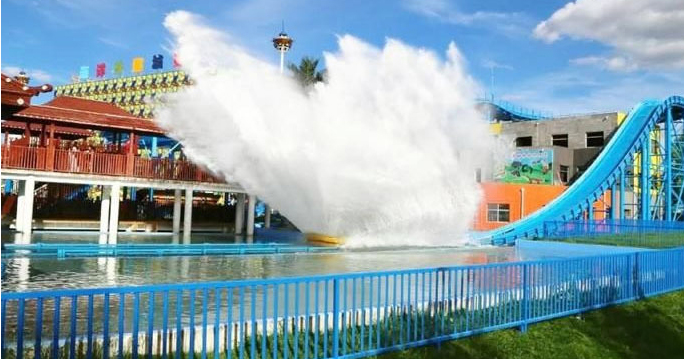- Albanian
- Arabic
- Belarusian
- Bengali
- Czech
- English
- French
- German
- Hebrew
- Hungarian
- Indonesian
- irish
- Italian
- Japanese
- kazakh
- Persian
- Russian
- Thai
- Uzbek
- Vietnamese
Creating an Easy Roller Coaster Design for Fun and Safe Thrills for Everyone
Simple Roller Coaster Design A Thrilling Adventure in Engineering
Roller coasters have long captivated thrill-seekers and engineering enthusiasts alike. The exhilarating rush of speed, the heart-stopping drops, and the twists and turns all come together to create an unforgettable experience. At the heart of every thrilling ride lies a thoughtfully crafted roller coaster design. This article explores the fundamental principles of simple roller coaster design while celebrating the blend of physics and creativity that brings such rides to life.
The Basics of Roller Coaster Design
A roller coaster is a type of amusement park ride that consists of a track that trains cars travel on, offering riders a mixture of excitement, speed, and gravity-defying movements
. At its core, a simple roller coaster design can be broken down into three primary components the track, the cars, and the mechanics of motion.1. The Track The track’s layout is a crucial element in roller coaster design. A simple roller coaster typically features a series of hills, curves, and loops. The design begins with the initial lift hill, which uses a chain lift to draw the cars to a height that allows for sufficient potential energy. This height is essential, as it sets the stage for the subsequent drops, turns, and inverted sections. The shape of each hill should allow the cars to maintain momentum while providing exciting airtime—a moment when riders feel weightless.
2. The Cars Roller coaster cars are engineered for safety and comfort while maximizing the thrill experience. A simple design can utilize a train-like formation, where several cars are attached to one another. Each car must be equipped with secure restraints to keep riders safe. The design of the cars must also consider the center of gravity, as this affects how the entire train moves through the track and the forces felt by the riders.
3. The Mechanics of Motion Understanding the principles of physics is vital in roller coaster design. Potential energy is converted into kinetic energy as the coaster descends from the lift hill. Designers must carefully calculate the heights and speeds to ensure that the coaster retains enough momentum to navigate the entire track without stalling. Additionally, elements such as loops and corkscrews require precise engineering to ensure that riders experience thrills without risking safety.
simple roller coaster design

Safety Considerations
While the excitement is paramount, safety is of utmost concern in roller coaster design. Engineers employ rigorous testing protocols to ensure that every component meets safety standards. This involves simulating rides under various conditions to gauge structural integrity and rider safety. Additionally, regular maintenance checks keep the rides in optimal condition, minimizing risks for riders.
The Creative Aspect of Design
Beyond the technical aspects, roller coaster design is also an art form. Designers often seek to create distinctive experiences that evoke emotions and a sense of wonder. Incorporating themes, sounds, and visual effects can elevate a simple roller coaster into an immersive adventure. For example, a coaster set in a fantasy world may feature whimsical decorations and dramatic soundscapes that engage riders even before they embark on their journey.
Conclusion
In summary, simple roller coaster design is a fascinating blend of engineering principles, safety protocols, and creative expression. From the initial lift to the final brake run, every aspect is meticulously planned to deliver an unforgettable experience. As technology advances, roller coasters will continue to evolve, pushing the boundaries of thrill and creativity. Whether you’re a casual rider or an engineering enthusiast, the next time you board a roller coaster, take a moment to appreciate the intricate design that fuels the excitement of this iconic amusement park ride.
-
Flume Ride-Hebei Zhipao Amusement Equipment Manufacturing Co., Ltd.|Thrilling Water Attraction&Customizable DesignJul.30,2025
-
Flume Ride - Hebei Zhipao Amusement Equipment | Water Coaster, Thrilling DescentJul.30,2025
-
Flume Ride - Hebei Zhipao | Thrilling Water AttractionJul.30,2025
-
Flume Ride: Thrilling Water Attraction by Hebei Zhipao|Log Flume Manufacturers&Flume Ride DesignJul.30,2025
-
Flume Ride-Hebei Zhipao Amusement Equipment Manufacturing Co., Ltd.|Thrilling Water Coaster, Safe DesignJul.30,2025
-
Flume Ride-Hebei Zhipao Amusement Equipment Manufacturing Co., Ltd.|Thrilling Water Attraction, Safe DesignJul.30,2025
